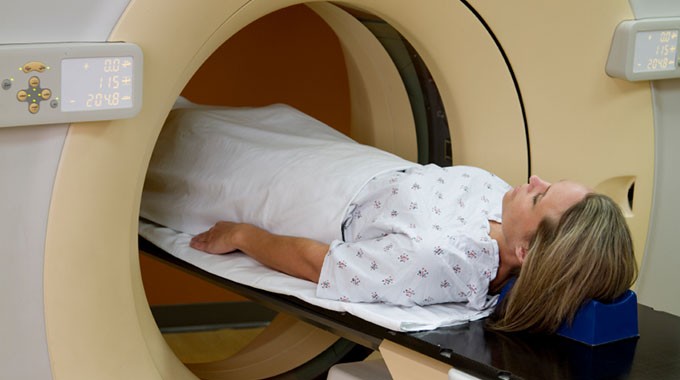Low back pain is a common condition that costs the US health care system 85.9 billion dollars annually and is the most common condition treated by physical therapist. A large portion of the population feel that an MRI Is required to find out the cause of pain before any treatment can be initiated. However, diagnosing low back pain has been a serious challenge to the medical community. Only 15% of back pain cases can be attributed to any specific spinal pathology. The majority of cases will be under a category of “non specific low back pain.” One reason for the difficulty in correctly diagnosing pathology is that anatomical abnormalities on MRI, such as bulging discs, have been poorly related to a person’s pain.
In a study that examined 148 subjects without low back pain it was found that 83% had a moderate to severe desiccation, 65% with one or more bulging discs, 56% had loss of disc height and 32% had a least one disc protrusion. 1 This study (and many others) have questioned the use of imaging unless serious pathology is suspected as positive findings did not relate to pain. Another study followed 67 pain free individuals for seven years.2 The researchers wanted to find out if positive findings on imaging before onset of pain would predict development of low back pain. The study concluded that MRI’s did not predict the development or duration of low back pain. Furthermore, individuals with the longest duration of pain did not have the greatest degree of anatomical abnormality on the original scans. Again, this suggests that MRI findings do not necessarily diagnosis the cause of pain. In fact, research has suggested that early MRIs might even decrease a person’s overall prognosis for recovery. An article from the Journal of Occupational and Environmental Medicine in 2010 3 did a two year follow up of 3264 work related cases of low back pain to see if there was an association between early MRI and outcomes. The study concludes that potential effects of early MRI are worse disability, increased medical cost and surgery. As Flynn et al. states in a 2011 journal of orthopedic and sports physical therapy 4 article, “Diagnostic imaging in individuals with low back pain should only be used if the results of the image lead to a clinical decision that results in improved patient outcomes.” This appears to be a very logical statement. However, it is estimated that half of all CT scans and one third of MRIs of the low back are not necessary.4
Given the above information, do not believe that you must change “the picture” to improve your pain. Remember that this represents one moment in time and that there is no evidence that this finding is related to your prognosis. Furthermore, the normal progression of low back pain is to improve and chances of having chronic low back pain are low. From this information we can conclude that the vast majority of people do not require imaging and even less require specialized imaging such as MRIs. MRIs should only be used if serious pathology is suspected such as neurological deficits. A physical therapist can perform an evaluation and determine if an MRI is required. If no serious pathology is suspected, conservative treatment can be initiated quickly which has been shown to improve outcomes.
Below is a video of a young male telling his story of how he recovered after he was told he had a “back of an 80 year old.”
- Jarvik JJ, Hollingworth W, Heagerty P, Haynor DR, Deyo RA. (2001 May 15) The Longitudinal Assessment of Imaging and Disability of the Back (LAIDback) Study: baseline data. Spine (Phila Pa 1976. 26(10). 1158-1166
- Borenstein DG et al. (2001 Sep) The value of magnetic resonance imaging of the lumbar spine to predict low back pain in asymptomatic subjects: a seven year follow-up study. J Bone Joint Surg AM. 83-A (9). 1306-1311
- Webser BS, Cifuentes M. (2010 Sep) Relationship of early magnetic resonance imaging for work-related acute low back pain with disability and medical utilization outcomes. J Occup Environ Med 52 (9). 900-907
- Flynn TW, Britt S, Chou R. (2011 Nov) Appropriate Use of Diagnostic aging in Low Back Pain: A reminder that unnecessary imaging may do as much harm as good. JOSPT 41 (11). 838-846.






